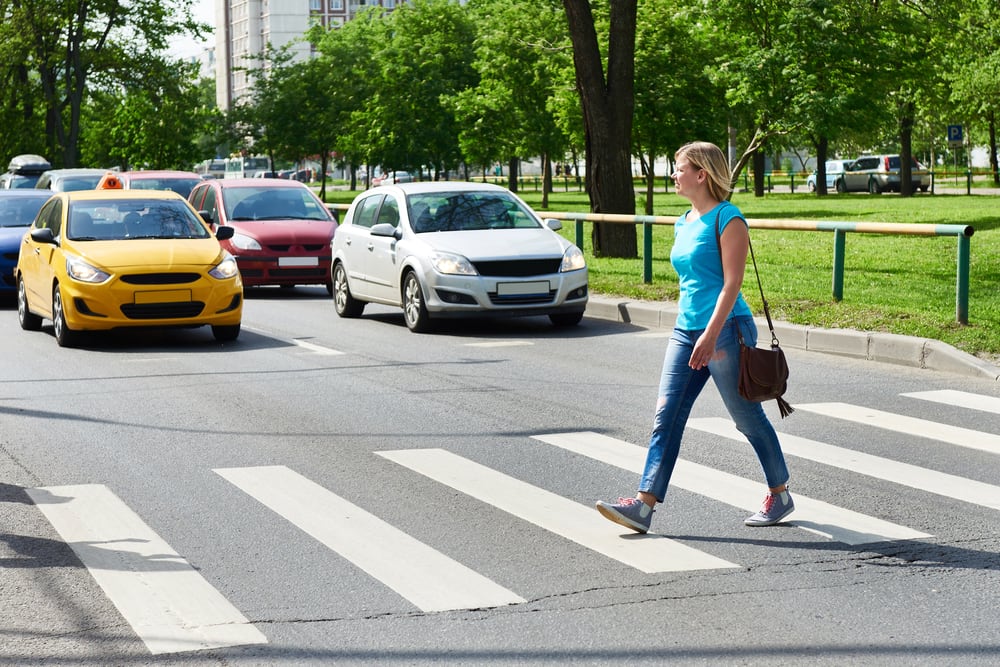

Vehicles and pedestrians are inevitably going to meet in traffic, and sometimes there will be no signal lights or signs to regulate the movement of traffic. That is why there are right-of-way laws in place – to identify who gets to go, and who has to wait. No one ever “owns” the right of way – it has to be yielded to them, and the law only identifies who must yield. Right-of-way laws are based in common sense, and there for your protection, so you need to understand them and obey them.
Summary of Wisconsin’s right-of-way laws
Wisconsin’s right-of-way laws can be summarized as follows:
Intersections
If you are coming to an intersection that has no traffic lights or signs, you must yield the right of way to traffic that is approaching from the right.
If you are coming up to a four-way stop, and you are the first vehicle to arrive, you must do a full stop, and then proceed. If you are unsure that you are the first motorist there, then give the right of way to the vehicle on the right.
If you approach a main road from a driveway or alley, give the right of way to traffic already in the main road.
When entering a roundabout or traffic circle, you must yield right of way to the traffic that is already in the circle.
If you are on a dead-end road, you must yield to cross-traffic.
If you are crossing a sidewalk from an alley, driveway or parking lot, you must give the right of way to pedestrians and traffic in the road.
Pedestrians
Pedestrians must be given the right of way even if they are crossing illegally. They can be fined for failing to yield, just the same as a motorist can, but common sense dictates that you must yield because a pedestrian is more vulnerable than a motorist.
Blind pedestrians, as identified by the presence of a guide dog or the use of a white cane, have the legal right of way even if they are crossing in ways that would be illegal if done by a sighted person.
Emergency vehicles
- Police cars, ambulances, fire engines, and any other emergency vehicle that are using an air horn, siren, or blue or red flashing light must be given the right of way. Pull over as soon as you can do so safely, and listen for instructions that may be coming from the vehicle’s loudspeaker.
Common misconceptions about Wisconsin’s right-of-way laws
In Wisconsin, it is common to see people riding horses, or using animal-drawn carriages. If you think that they are not entitled to the same rights and privileges as ordinary motorists, you are wrong. In fact, they are accorded a higher standard of care because animals can be unpredictable. You always have to yield the right of way to livestock.
Penalties for failure to yield
If you fail to yield right of way in Wisconsin, you will have 4 demerit points assigned to your driver’s license, and could face a fine of up to $350.
For more information, refer to the Wisconsin Motorists’ Handbook, pages 25-26.



